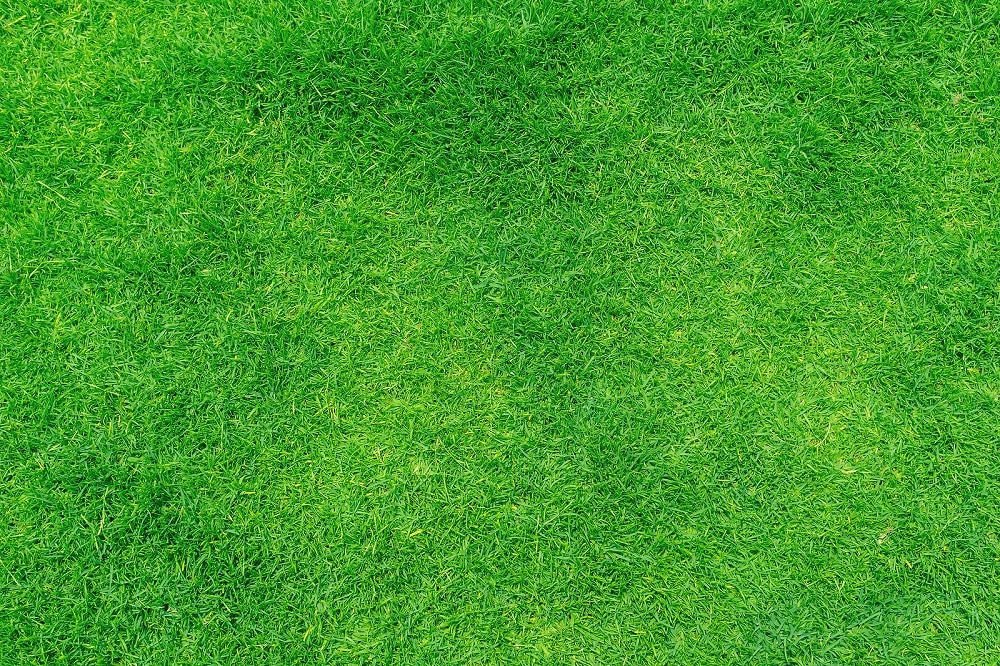How Long Will Artificial Grass Last?

Artificial turf is amazing. It can create a lush, green lawn that has tons of advantages for any business or homeowner. But just like any element of your property, an artificial lawn won’t last forever. But how long exactly should you expect your artificial grass to last?
The true answer to this question is that it depends. The longevity of synthetic turf depends on several key factors. Turf can be made from a number of different materials with varying qualities. The installation process can impact the lifespan of the grass. Proper maintenance extends the life while excessive wear and tear will shorten it. In addition to all of that, the climate makes a huge difference. Long, hot summers cause the plastics in artificial grass to break down faster than colder weather.
Keeping all of that in mind, we can look at these factors a little more closely to give you a good idea of how long you can expect your artificial grass to last.
1. Material Quality
Artificial grass is made from a number of materials, but the chief component will usually be a variety of plastics. You can get high-grade or low-grade plastics in your turf, and the warranty will usually reflect the quality of those plastics. High-grade materials are made to last 20 years or longer. Lower-grade materials often last anywhere from 10 to 20 years.
It’s important to understand that the grade of the plastic can be hard to discern at a glance. There are many recycled plastics used in artificial turf that are of a high enough grade to last for multiple decades.
2. Installation Quality
The installation process is monumental in helping the turf survive for as long as possible. An improper installation can cause unevenness in the core layers that can effectively compound wear and tear over the life of the grass. This can take years off of its lifespan. Fortunately, improper installation can be corrected in the early stages of the grass’s life.
Proper installation will ensure that everything is seated correctly, and you can expect such turf to last up to the limit of its warranty — excluding any extreme acts of nature.
3. Maintenance
Artificial grass is not demanding. The maintenance requirements are very low when compared to real grass, but the turf does need some attention. When you occasionally rinse and brush the artificial grass, it helps to keep it free of debris that can otherwise corrupt or wear on the materials.
Once a year, a deep cleaning goes a long way. It can prevent the buildup of unwanted materials in the substrate and bottom layers of the turf. That prevents any number of problems and helps the grass to last as long as possible.
4. Wear and Tear
By far the biggest factor is wear and tear. The artificial grass on a professional football field has to withstand much more abuse than a small lawn in the backyard of your average Texas home. Assuming your turf isn’t for an NFL team, you want to consider how much foot traffic it is going to receive. A home with kids, pets, or frequent lawn parties (much less all three) will need higher-quality grass that is up to its lifestyle. If it’s just you in the house, and you expect very few feet to touch the grass, you can save money on materials without having to worry.
If you want artificial grass, you need a good resource. If you’re looking for high-quality, well-installed artificial turf around Austin, you can contact LawnPop today. We have access to the best materials and grass options. We offer professional installation that guarantees your grass is put in correctly from the start. You can have the beauty of a lawn with virtually none of the maintenance. Call us today. We’ll be happy to get started.



